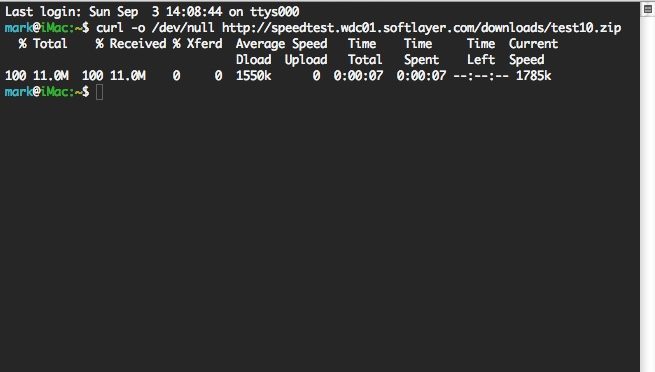Classless Inter-Domain Routing (CIDR) is a method for allocating IP addresses and IP routing. The Internet Engineering Task Force introduced CIDR in 1993 to replace the previous addressing architecture of classful network design in the Internet. Its goal was to slow the growth of routing tables on routers across the Internet, and to help slow the rapid exhaustion of IPv4 addresses.
IP addresses are described as consisting of two groups of bits in the address: the most significant bits are the network prefix, which identifies a whole network or subnet, and the least significant set forms the host identifier, which specifies a particular interface of a host on that network. This division is used as the basis of traffic routing between IP networks and for address allocation policies.


